Service hotline
+86 0755-83975897
Release date:2024-04-11Author source:KinghelmViews:92
For those frequently encountering various interface issues in the field of low-voltage electronics or everyday electrical usage, the HDMI interface often presents a tricky challenge. In today's discussion, we will delve into understanding HDMI interfaces and their related knowledge together.
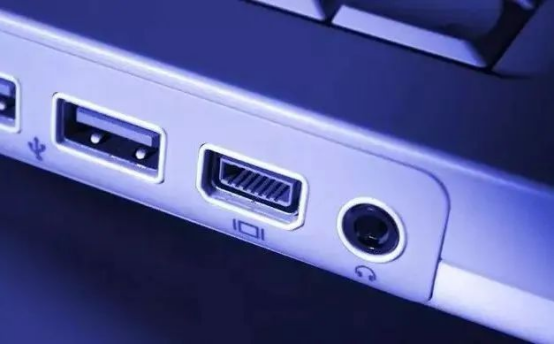
HDMI is a digital video/audio interface technology designed specifically for image transmission. It can transmit both audio and video signals simultaneously, with a data transfer speed of 18Gbps, eliminating the need for digital-to-analog or analog-to-digital conversion before signal transmission.
Simply put, HDMI is a high-definition video interface commonly found in today's mainstream laptops, LCD TVs, graphics cards, and motherboards.
HDMI supports data transfer speeds of up to 5Gbps and can support full HD video outputs of 1080P and 720P, making it the most popular high-definition interface currently available. This is something that traditional VGA display interfaces cannot match, similar to the difference in data transmission capabilities between telephone line broadband and fiber optics.
HDMI mainly caters to the needs of 1080P and above high-definition video requirements. For instance, a motherboard or graphics card equipped with an HDMI interface indicates that the computer supports 1080P video output. We can connect monitors or LCD TVs that support 1080P resolution to the computer to play full HD 1080P videos.
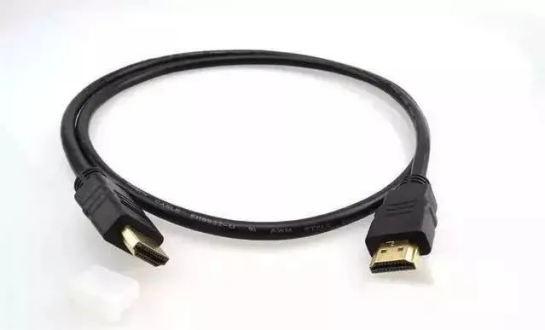
How to choose an HDMI Cable: Currently, HDMI cables on the market range from a few dollars to several hundred dollars. I will detail how to choose the right HDMI cable.
1. Firstly, consider the thickness of the cable. It's advisable to purchase a cable with moderate thickness. Extremely thin cables should generally be avoided. This is because overly thin cables often compromise on shielding and the quality of the inner conductor, resulting in greater susceptibility to interference during signal transmission, ultimately affecting picture quality.
2. However, simply judging by "thickness" alone is not the only criterion for selection. The key to product quality lies in the materials used. When selecting HDMI cables, opt for those with gold-plated connectors, which can be identified by the color of the connectors. Currently, high-quality data cables on the market employ gold-plating technology for their connectors, and HDMI cables are no exception. Gold-plated connectors effectively reduce signal interference and loss, ensuring high-quality picture and sound transmission. Additionally, they address issues such as poor contact due to repeated plugging and unplugging.
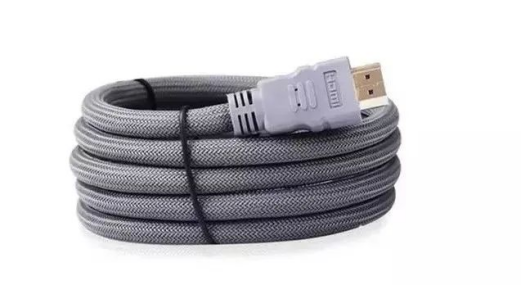
Disclaimer: This article is excerpted from the online learning platform for weak current studies. The views expressed in this article are solely those of the author and do not represent the views of Kinghelm or the industry. This article is for reposting and sharing purposes only, supporting the protection of intellectual property rights. Please indicate the original source and author when reposting. If there is any infringement, please contact us for removal.
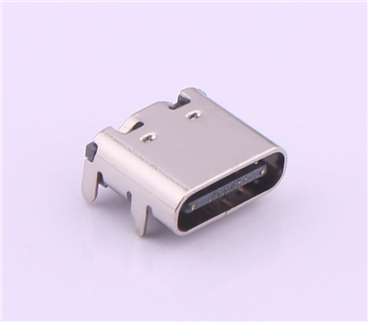
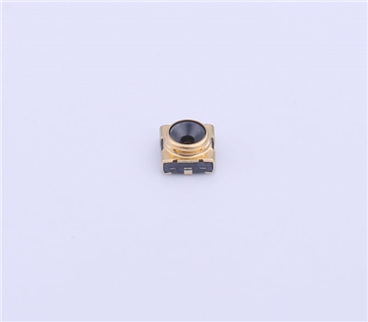
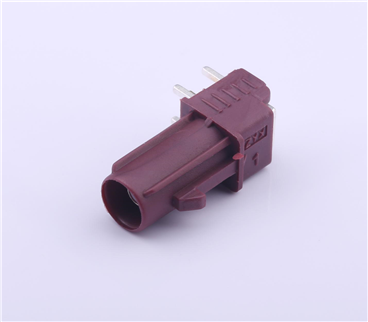
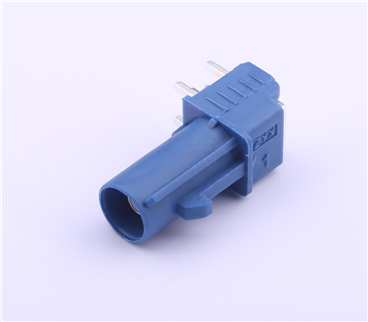
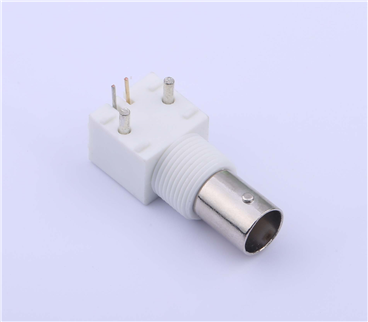
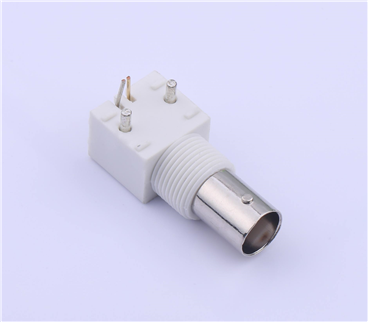
.jpg)
.jpg)
.jpg)
.jpg)
Copyright © Shenzhen Kinghelm Electronics Co., Ltd. all rights reservedYue ICP Bei No. 17113853